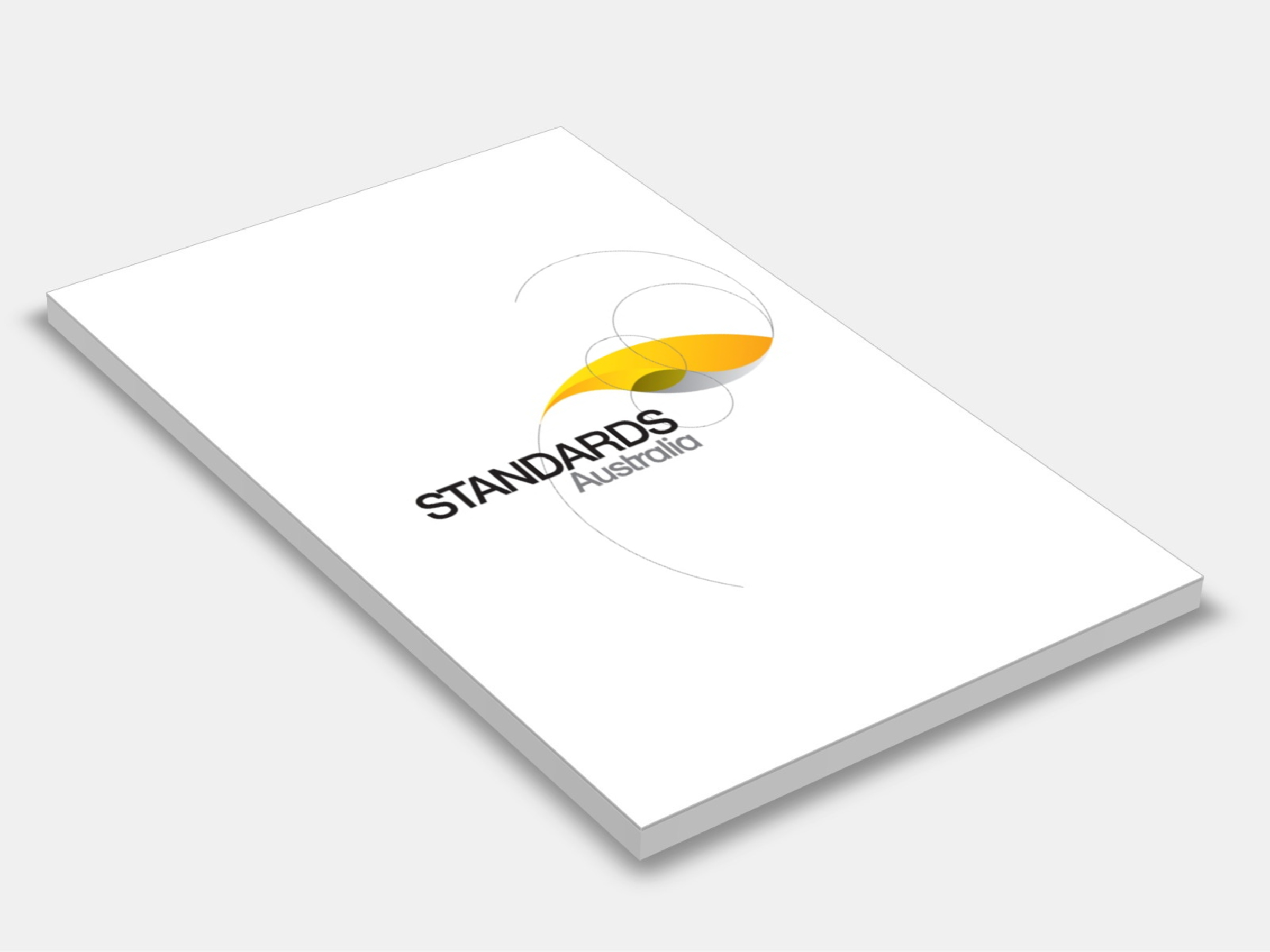
Type
Publisher
Standards Australia/Standards New Zealand
Publisher
Standards Australia/Standards New Zealand
Version:
First Edition 2018.
(Current)
Short Description
Specifies requirements for the design and installation of emergency lighting and illuminated emergency exit signage systems for buildings. Central battery, single point and self-contained systems are included.
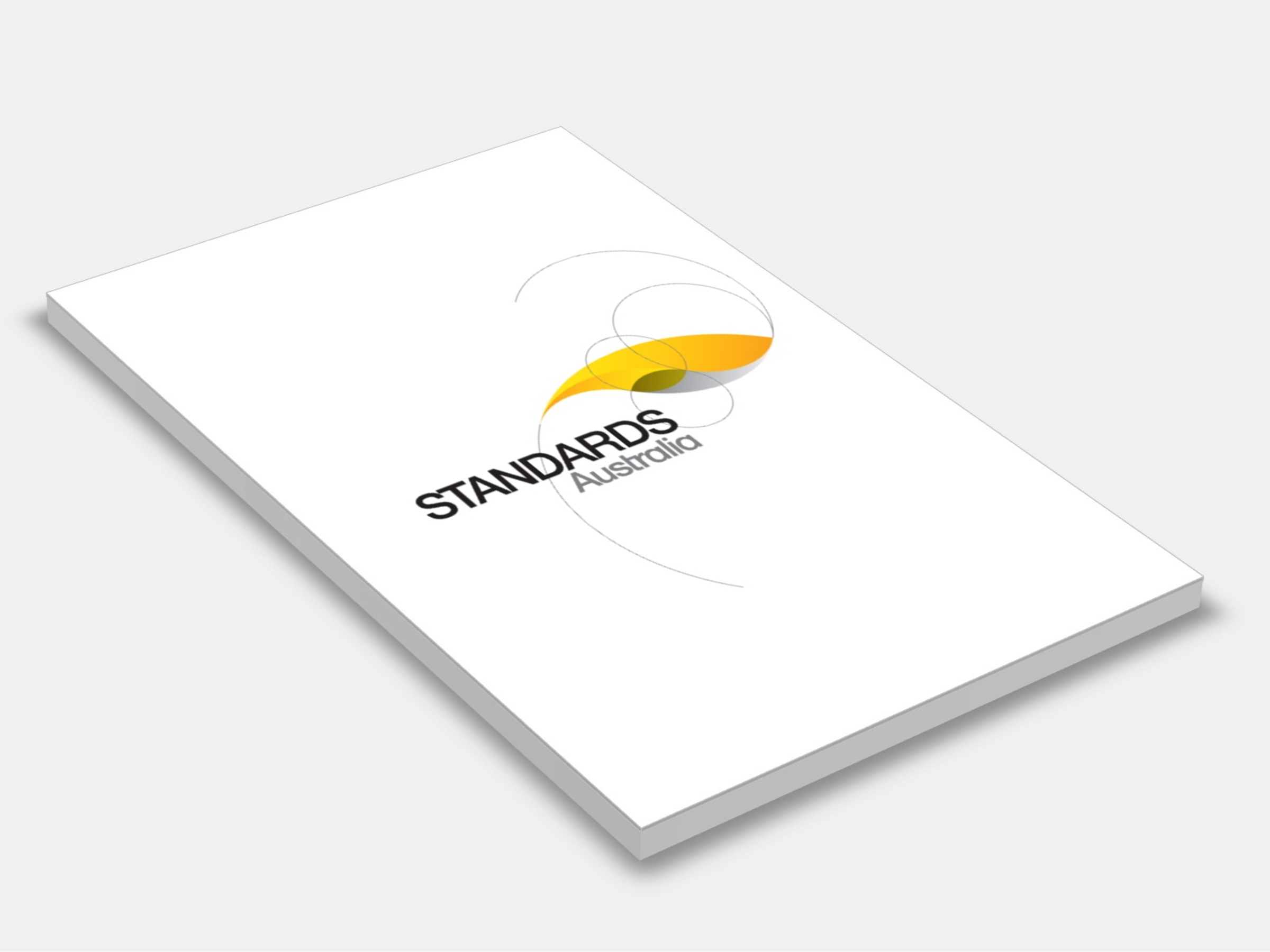
Type
Publisher
Standards Australia/Standards New Zealand
Publisher
Standards Australia/Standards New Zealand
Version:
Third Edition 2021.
(Current)
Short Description
Sets out requirements for the supply of electricity to power consuming devices for shows, carnivals and events, public events and limited duration private domestic or private corporate events where attendance is expected to be in excess of 30 people or when staff are employed for the event.
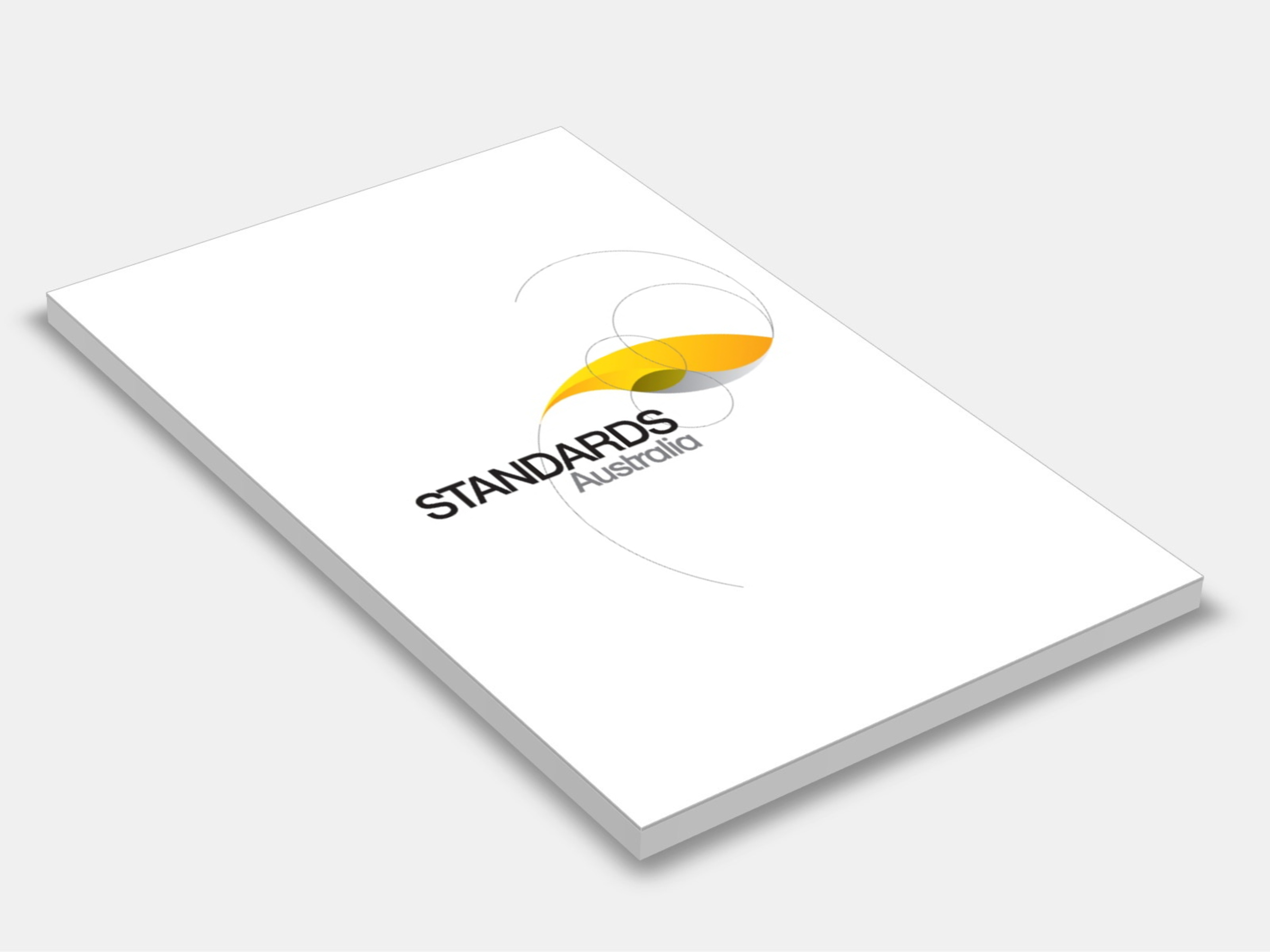
Type
Publisher
Standards Australia/Standards New Zealand
Publisher
Standards Australia/Standards New Zealand
Version:
Sixth Edition 2022.
(Current)
Short Description
Specifies procedures for the safety inspection and testing of low voltage single phase and polyphase electrical equipment, connected to the electrical supply by a flexible cord or connecting device.
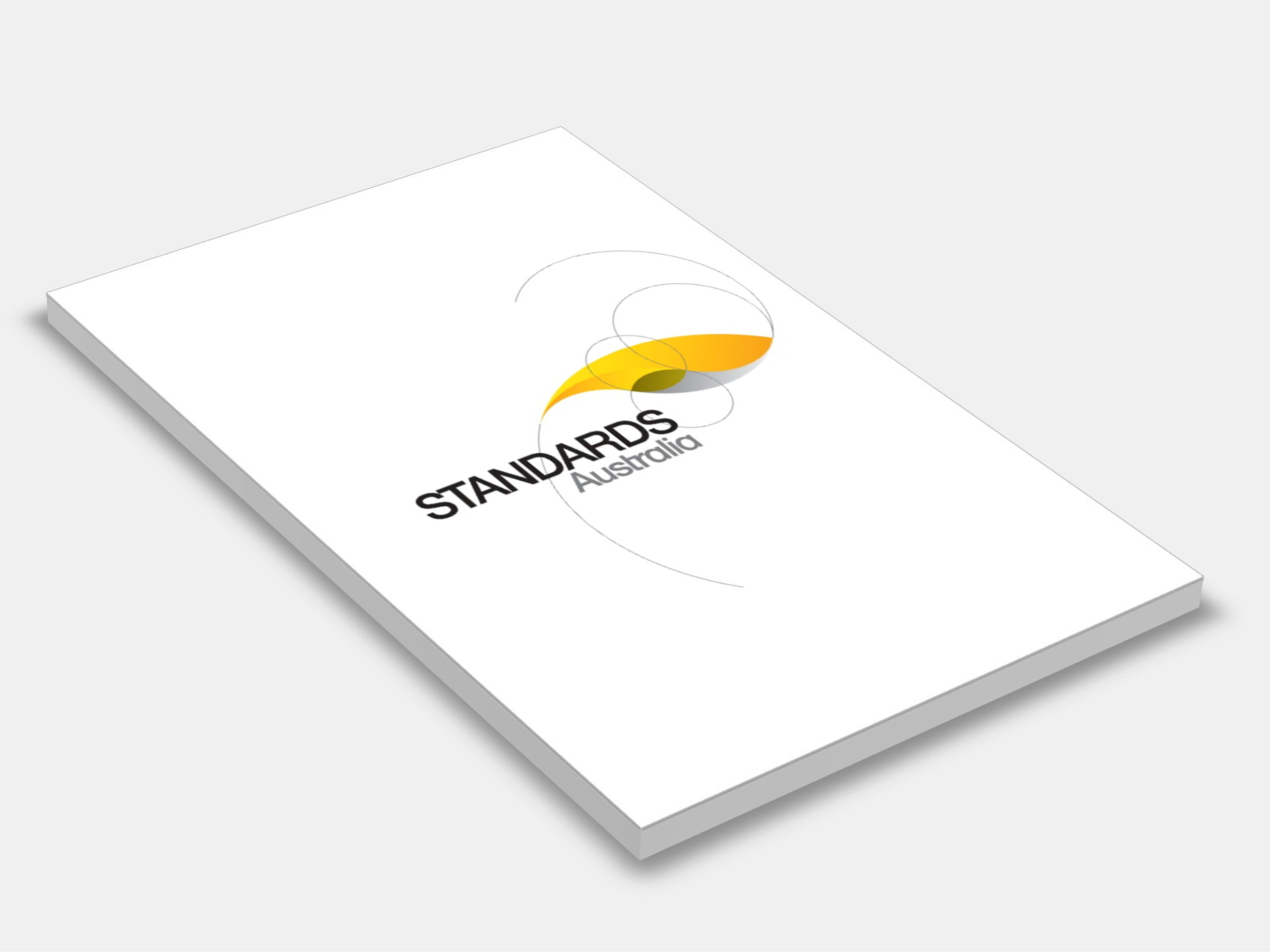
Type
Publisher
Standards Australia/Standards New Zealand
Publisher
Standards Australia/Standards New Zealand
Version:
First Edition 2022.
(Current)
Short Description
Sets out requirements for electrical installations associated with site supplies for connectable electrical installations that are intended for connection to low voltage a.c. supply systems (i.e. exceeding 50 V a.c. but not exceeding 1 000 V a.c.).
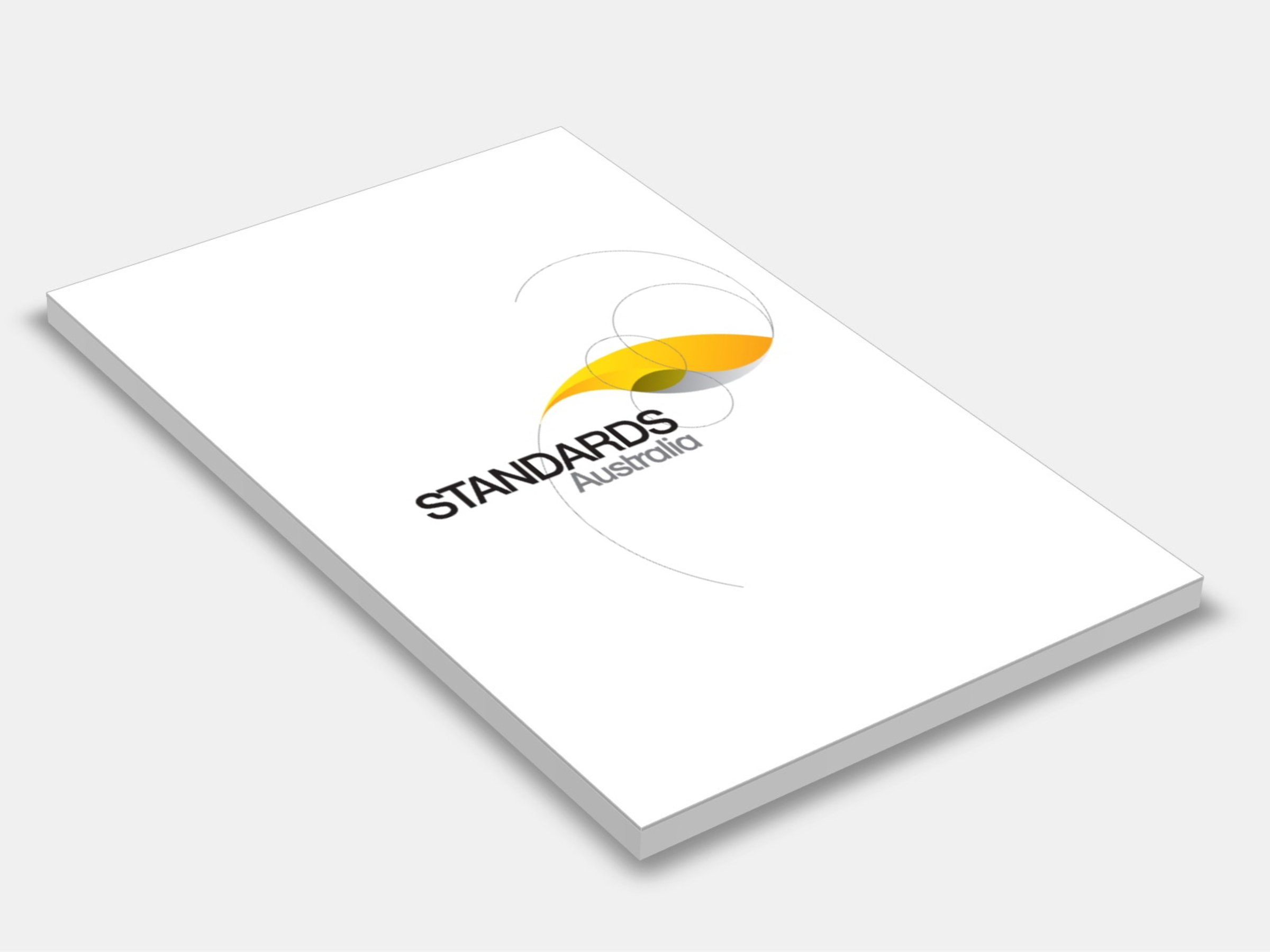
Type
Publisher
Standards Australia/Standards New Zealand
Publisher
Standards Australia/Standards New Zealand
Version:
First Edition 2022.
(Current)
Short Description
Specifies requirements for electrical installations associated with connectable electrical installations used for the purposes of accommodation, habitation or other residential, commercial purposes or recreational uses that are intended for connection to external low voltage a.c. supply systems (i.e. 50 V a.c. to 1000 V a.c.) by either a detachable supply lead or a supply lead directly connected to the connectable electrical installation; includes requirements and provides guidance for the installation of extra-low voltage systems (i.e. less than 50 V a.c. or 120 V d.c. ripple free).
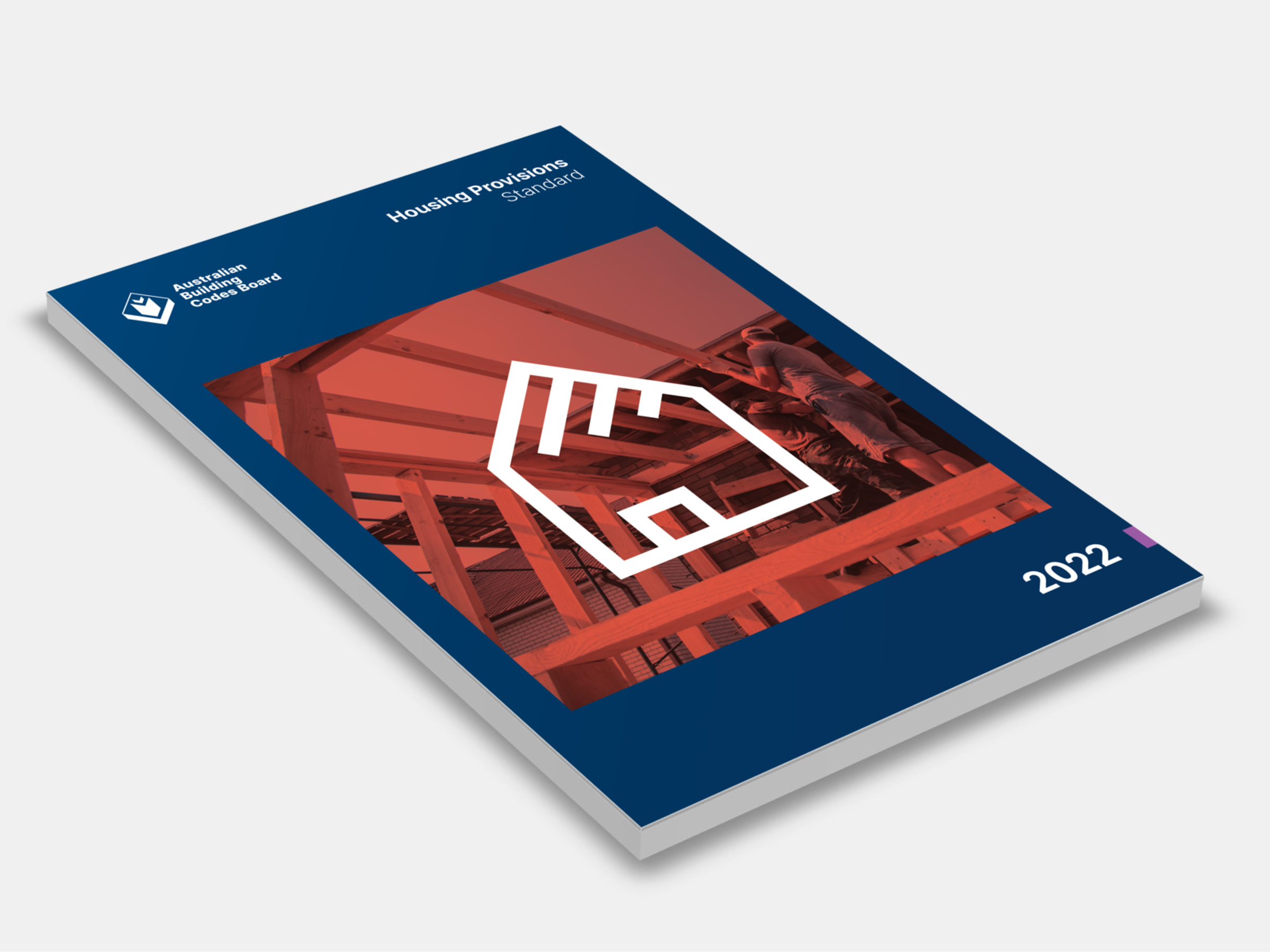
Type
Publisher
Australian Building Codes Board
Publisher
Australian Building Codes Board
Version:
2022.
(Latest)
Short Description
Contains Deemed-to-Satisfy Provisions that are considered to be acceptable forms of construction that meet the requirements for complying with Parts H1 to H8 of NCC Volume Two.
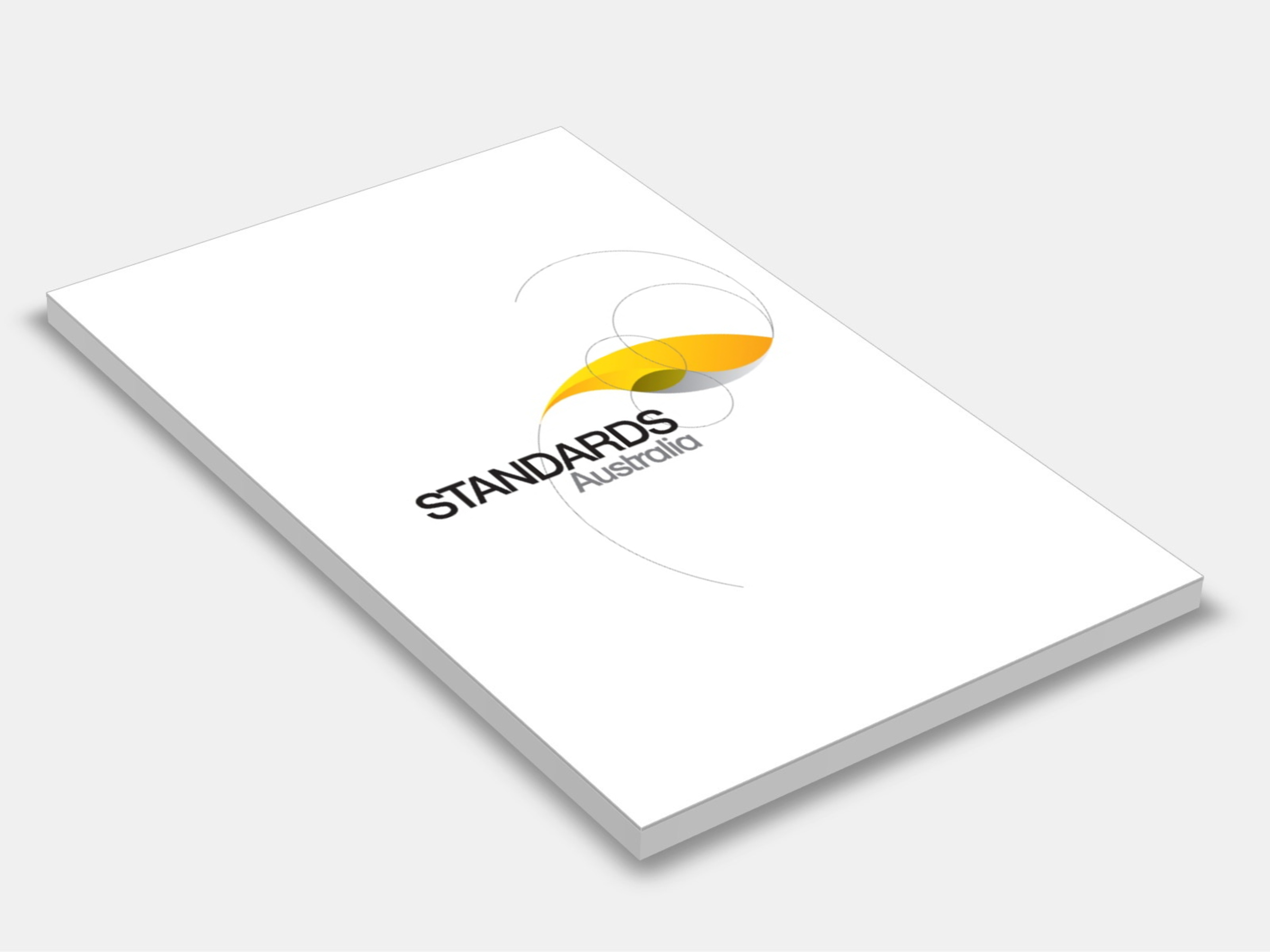
Type
Publisher
Standards Australia/Standards New Zealand
Publisher
Standards Australia/Standards New Zealand
Version:
Third Edition 2017.
(Current)
Short Description
Sets out a method for cable selection for those types of electrical cables and methods of installation that are in common use at working voltages up to and including 0.6/1 kV at 50 Hz a.c.
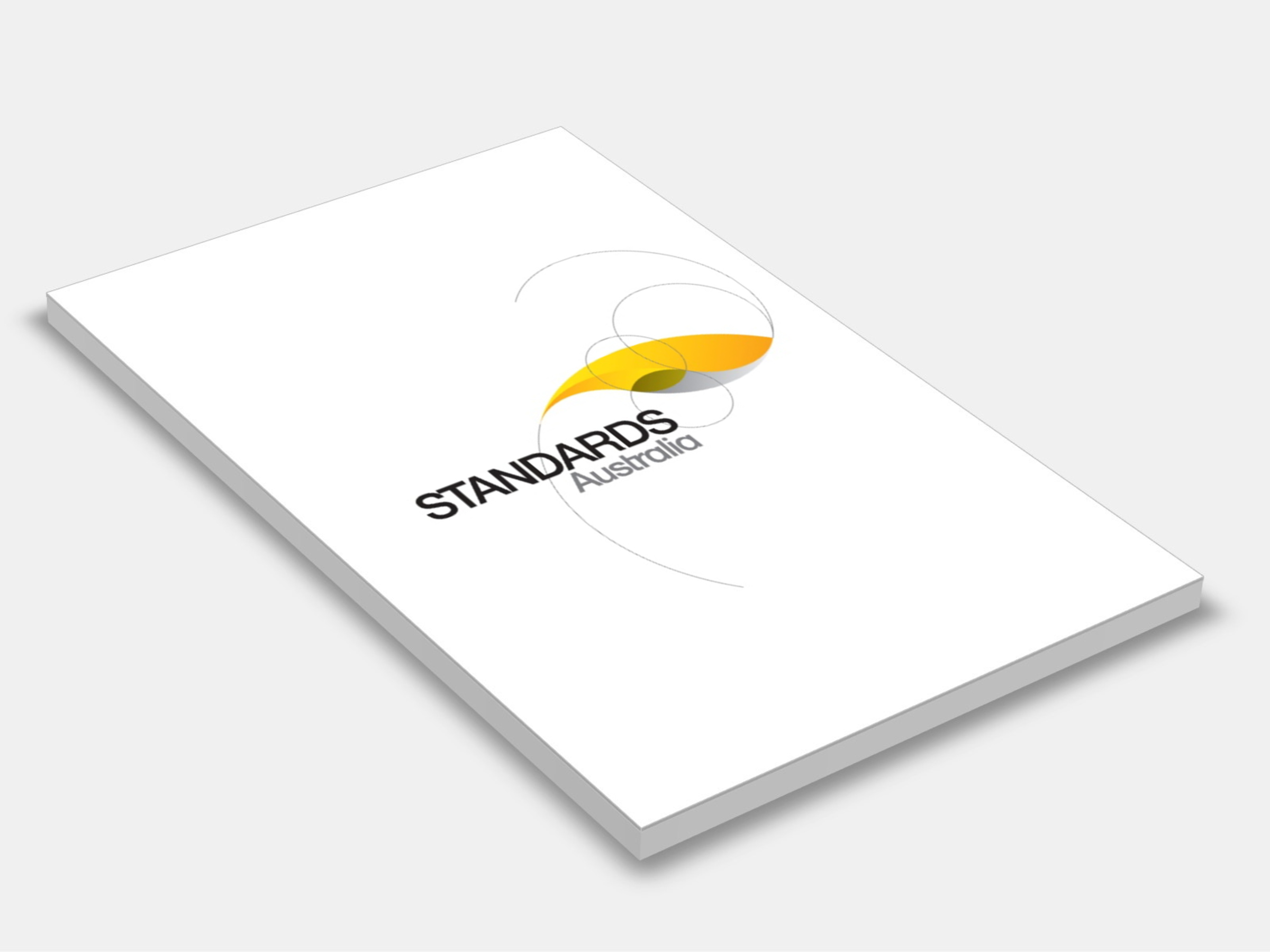
Type
Publisher
Standards Australia/Standards New Zealand
Publisher
Standards Australia/Standards New Zealand
Version:
First Edition 2022.
(Current)
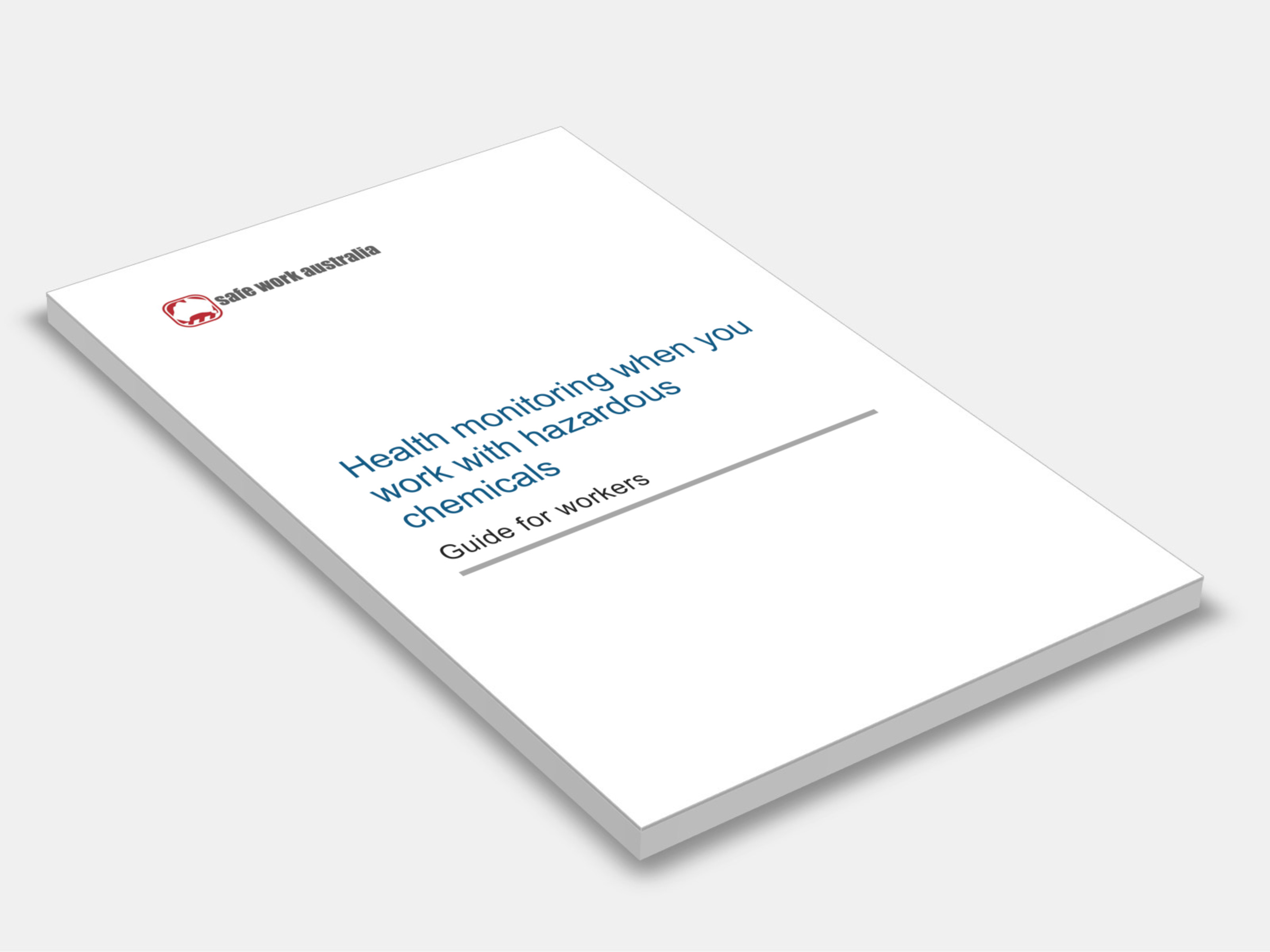
Type
Publisher
Safe Work Australia
Publisher
Safe Work Australia
Version:
2020.
(Current)
Short Description
If you are a worker who works with hazardous chemicals, this guide is for you; it explains what you and your PCBU must do to monitor your health and keep you as safe as possible.
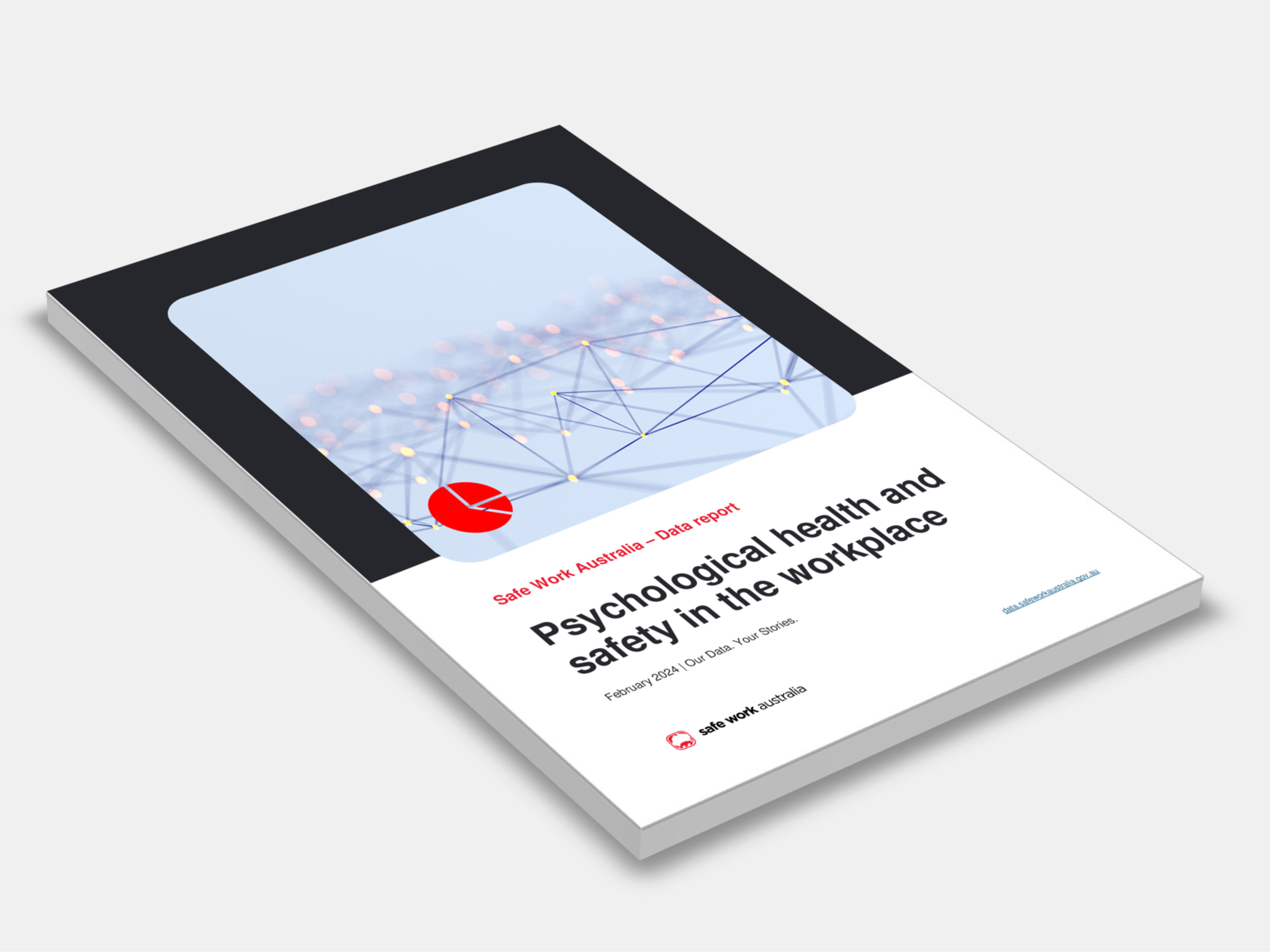
Type
Publisher
Safe Work Australia
Publisher
Safe Work Australia
Version:
2024.
(Current)
Short Description
Mental health conditions account for an increasing proportion of serious workers’ compensation claims, and have garnered significant attention over recent years as awareness of their impact on individuals and workplaces has grown.